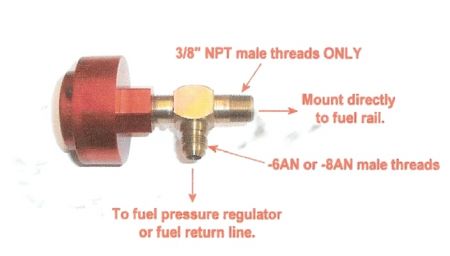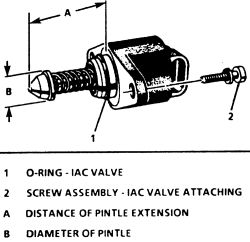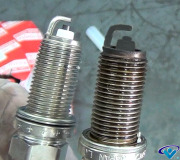My best guess is--bad pressure regulator, but there is a lot of work getting to it, so I don't want to be just guessing.
Questions (other than what is it):
What does "check for objects blocking the IAC passages mean--can I see these by looking down into the throttle body, or must I remove the IAC?
The schrader valve on the fuel line seems to be before the pressure regulator. If I measure there, won't I be getting the unregulated pressure? The Helm manual's "Fuel Syhstem diagnosis (System Check) table has me replacing the regulator if the pressure is too high and there is no restriction on the return line??
SPONSORED LINKS
Monday, February 12th, 2007 AT 7:49 PM







